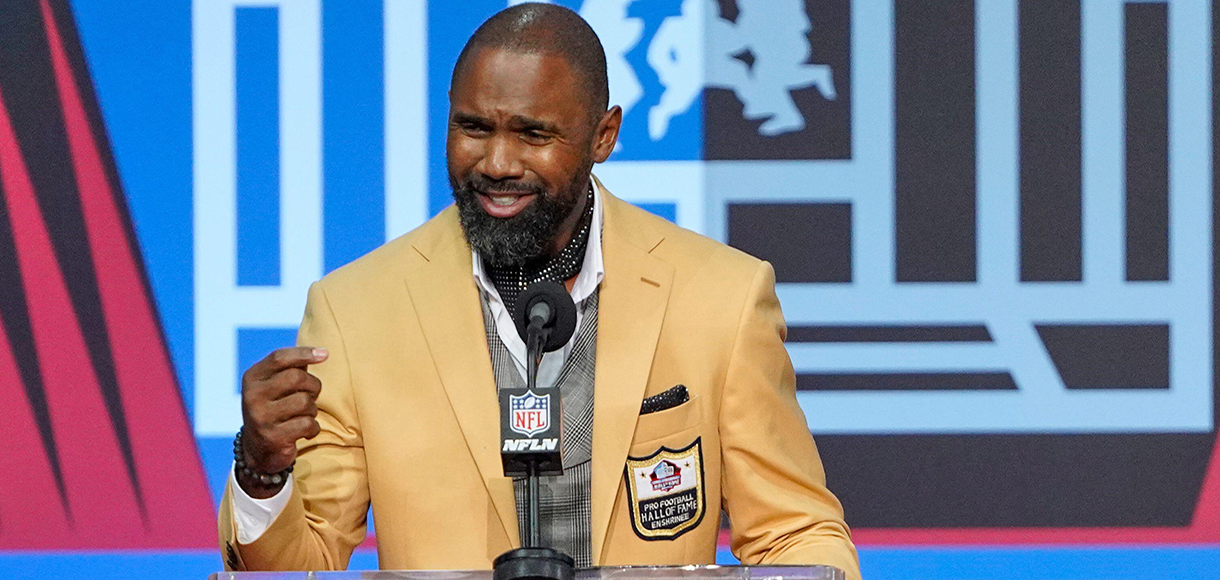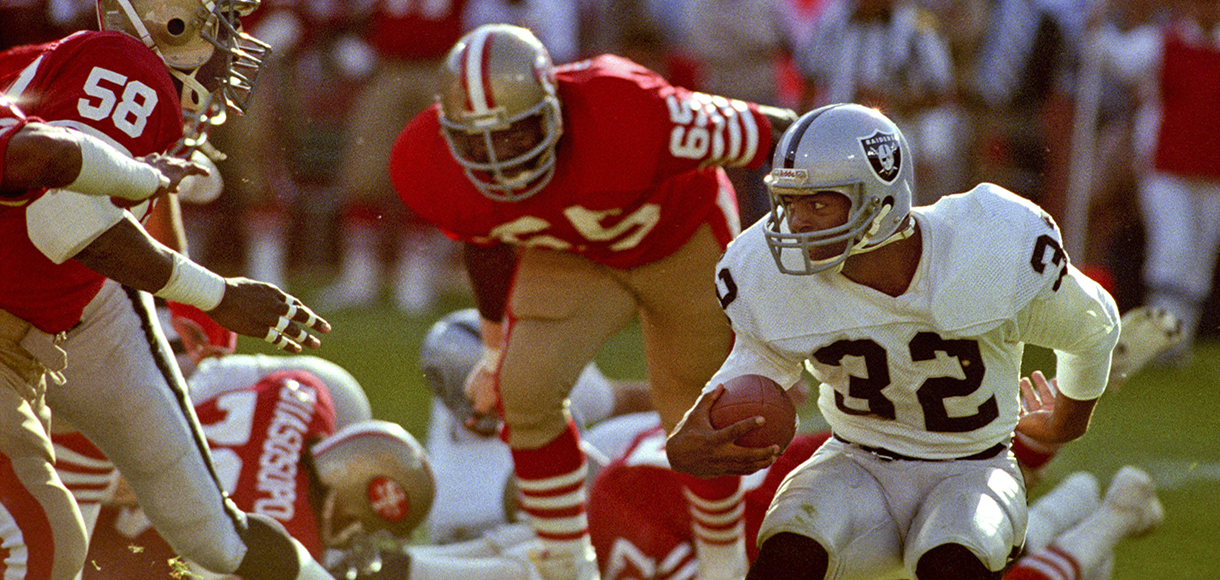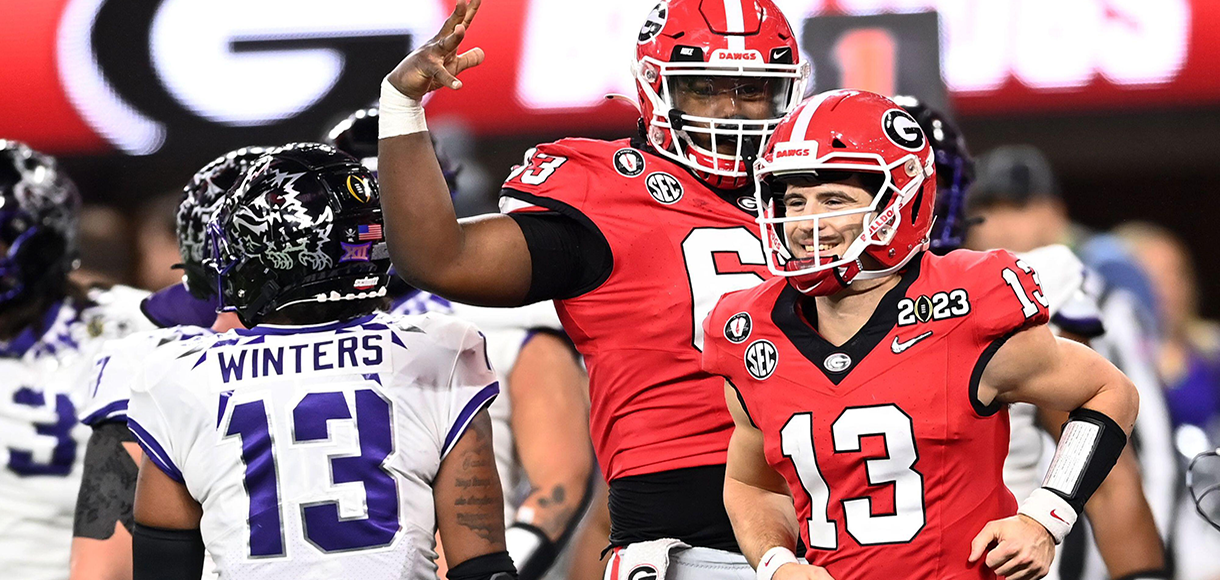Ranking the 10 largest college football stadiums

Which college football stadium can hold the most fans? Which college football stadium is the biggest? These are the 10 biggest college football stadiums ranked by capacity.
Find season-long college football odds on the Betway sportsbook. You'll find all the latest spreads, totals, moneylines, and college football futures. Or call it how you see it with our live betting in-play. All your NCAAF betting needs are covered at our online sportsbook. Visit Betway’s college football picks page for picks and predictions throughout the season.
The atmosphere of college football is in a league of its own. Students, alumni, fans and families attend sold out college football stadiums around the country every single Saturday, with traditions like no other. Whether it’s the crimson red of the Alabama faithful, or the iconic blue and yellow of the Michigan Wolverines, college football is unmistakably one of the best-supported sports in the world.
These are the 10 largest college football stadiums in the country!
The Top 10 Biggest College Football Stadiums ranked by capacity
10. Rose Bowl | Pasadena, California | Home of the UCLA Bruins | 91,136 capacity
To give you an idea of the sheer size of these football stadiums, the Rose Bowl ranks number 10 on the list of the biggest college football stadiums, but also ranks as the 15th largest stadium anywhere in the world, for any sport. College football dominates the list of grandest stadiums on the planet, and the Rose Bowl is one of the greatest.
The Rose Bowl opened in 1922, having cost $272,000 at the time, and is recognized as a National Historic Landmark. While the Rose Bowl plays host to the UCLA Bruins, it is also widely remembered for its staging of the annual Rose Bowl game, which is where it got its name.
The first Rose Bowl game took place at the Rose Bowl stadium in January 1923, and is traditionally played each year on New Year's Day. It’s the longest-standing bowl game in college football, and has featured some of the all-time greatest games in the history of the college game.
The beautiful backdrop of the stadium sets quite the scene, and the 2006 Rose Bowl is highly regarded as the greatest college football game of all time. The game between the Texas Longhorns and the USC Trojans went back and forth, featuring stars such as Vince Young, Matt Leinart and Reggie Bush. The Longhorns came away with the win, but the game was a win for all of college sports, and has its very own documentary in the ‘Football Life’ series, it’s that good.
The Rose Bowl has also hosted multiple major sporting events, including the 1994 FIFA World Cup Final between Brazil and Italy.
9. Sanford Stadium | Athens, Georgia | Home of the Georgia Bulldogs | 92,746 capacity
Sanford Stadium was originally constructed in 1929, with a capacity of 30,000 and a cost of $360,000. It has since been upscaled at least 10 times, and now plays host to over 90,000 loyal Georgia fans on college football Saturdays.
The stadium is located on campus at the University of Georgia, and with one totally open end showing off the college campus and rolling hills, has been considered the most attractive on campus venue in the country.
The stadium has been carefully expanded each and every time in order to retain the feel of its original build. Bulldogs fans are notoriously one of the loudest in the country, making Sanford Stadium one of the toughest road games on the schedule. Games are played ‘between the hedges’ because the field is surrounded by thick hedging.
The Bulldogs recently added powerful red LED lighting, which creates a deep red glow during night games, resulting in quite the spectacle for a home game atmosphere.
8. Darrell K Royal-Texas Memorial Stadium | Austin, Texas | Home of the Texas Longhorns | 100,119 capacity
Memorial Stadium has been home to the Texas Longhorns since 1924. The stadium began construction in April that year, and held its first game in November. The stadium originally cost $275,000 to build, but has had numerous expansions and improvements over the last nearly 100 years.
The most notable of those improvements was the 2008 expansion that involved adding a new memorial plaza, and a brand new multi-tiered north end zone structure. The expansion cost $150million dollars, and involved an upper deck, club space, new suites and offices and much more. The expansion followed the introduction of ‘Godzillatron’, a brand new LED scoreboard, which at the time of installation was the biggest HD video screen in the world.
Memorial Stadium set a new attendance record against the No. 1-ranked Alabama in September 2022, with over 105,000 fans in attendance. The Longhorns very nearly pulled off an upset in a game that the crowd played a major part in.
It is also the largest stadium in the Big 12 conference.
7. Bryant-Denny Stadium | Tuscaloosa, Alabama | Home of the Alabama Crimson Tide | 101,821 Capacity
Alabama is one of the most successful teams in the history of college football, with current head coach Nick Saban winning no less than six national championships between 2009-2020, during his current tenure. The Tide play their home games at Bryant-Denny Stadium, which was opened in 1929, and has been expanded on eight occasions since.
The stadium originally cost $196,000, and was named Denny Stadium after George H. Denny, the school's president between 1921 and 1932. It was updated to Bryant-Denny stadium in 1975 to recognize the efforts of long-time head coach Paul ‘Bear’ Bryant.
Bryant-Denny underwent major construction updates in 1998 (East upper deck), 2006 (North end zone expansion), 2010 (South end zone expansion) and further major upgrades began in 2019, as part of a far greater 10-year plan for the campus athletics facilities.
6. Neyland Stadium | Knoxville, Tennessee | Home of the Tennessee Volunteers | 101,915 Capacity
Neyland Stadium was opened in 1921, officially making the stadium over 100 years old. It has been renovated and expanded numerous times, but always retained its authenticity. The orange and white checkerboard trademark of the Volunteers is on display on gameday with fans in each section wearing the appropriate color to create an overall checkerboard look around the stadium.
The stadium cost $42,000 when it was originally constructed, but renovations between 2004-2010 cost over $130million dollars.
Tennessee have had 36 perfect records at home during their tenure at Neyland Stadium, including the Peyton Manning era.
The stadium played host to the Billy Graham Crusade in 1970, with President Richard Nixon appearing as a guest speaker. It was also used for three concerts by The Jacksons in 1984.
5. Tiger Stadium | Baton Rouge, Louisiana | Home of the LSU Tigers | 102,231 Capacity
Tiger Stadium, built on the campus of Louisiana State University, opened in 1924. Like many of the other top stadiums on this list, it has been renovated many times since, turning it into one of the largest stadiums in the world.
The stadium plays host to the LSU Tigers, but also hosted New Orleans Saints of the NFL for a four-game home stretch in 2005 following damage to the Superdome amidst Hurricane Katrina. The Saints lost all four of those games, the first one to Nick Saban, who was the coach of the Miami Dolphins at the time.
Tiger Stadium played host to a Taylor Swift concert in 2015, with over 50,000 fans in attendance. These types of concerts are not as common at college football stadiums due to them being located on campus at Universities around the country.
The Stadium was also host to the famous ‘Earthquake game’ in 1988. LSU scored a touchdown in the dying seconds over the rival Auburn Tigers, winning the game 7-6. The crowd was so animated that they registered a genuine earthquake on a seismograph on campus.
4. Kyle Field | College Station, Texas | Home of the Texas A&M Aggies | 102,733 Capacity
Kyle Field comes with its very own unique story. Back in 1904, Edwin Jackson Kyle, a professor and Texas A&M graduate, was appointed the president of the General Athletics Association. Mr Kyle wanted to create a football field to promote the school's athletic program, but the school had been unwilling to provide the funds to do so.
Kyle proceeded to fence off a section of campus that had been assigned to him for agricultural purposes, and using $650 of his own money, he bought and installed a covered grandstand, able to host an audience of 500 people. So technically, the initial stadium cost $650, and the original capacity was 500.
The field was named after Edwin Kyle as the founder and creator of the ‘stadium’. It was first upgraded to a concrete stadium in 1927, but has been renovated more than 15 times since, with the capacity growing from 32,000 in the 1920’s, to over 100,000 current day.
It’s the largest stadium in the state of Texas, and the sixth largest non-racing stadium in the world.
3. Ohio Stadium | Columbus, Ohio | Home of the Ohio State Buckeyes | 102,780 Capacity
Ohio Stadium was built in 1922, following a campaign for public subscriptions to fund the project. Football had become so popular in Ohio that the old structure was unable to contain the crowds, so plans for the new horseshoe shaped stadium were made.
The stadium cost $1.5million dollars to build at the time, equivalent to $21million today, and could host over 66,000 fans. At the time it was built, Ohio Stadium was the largest concrete structure in the world, and many at the University feared they would never be able to fill it.
Ohio Stadium is also a popular concert venue, hosting the likes of U2, Taylor Swift, Metallica, and the Rolling Stones. It also hosted the Columbus Crew MLS team from 1996 to 1998 before their purpose-built stadium opened in 1999.
Numerous improvements have been made, with major work commencing in 2000, and the capacity now exceeds 100,000 Buckeye fans. It is known as ‘The Shoe’ or ‘The Horseshoe’ or ‘The House That Harley Built’ in tribute to Chic Harley, who played for the Buckeyes during the 1910s, and inspired the mission to build a stadium big enough to host the fans.
2. Beaver Stadium | University Park, Pennsylvania | Home of the Penn State Nittany Lions | 106,572 Capacity
Beaver Stadium was constructed a lot later than the majority of the stadiums on this list. While many were first founded in the 1920s, Beaver Stadium was opened in 1960. Elements of the stadium date back to 1910, but the official opening date for the stadium as it stands today is September 17th, 1960.
The stadium cost $1.6million dollars to build originally, with its major 2001 expansion costing a further $93million dollars.
Penn State is renowned for having one of the greatest student section support bases in all of college football. Playing on the road against the Nittany Lions is no easy feat, with a full house of over 106,000 fans actively routing against you. Beaver Stadium is also host to the infamous Penn State White Out, one of college football's greatest spectacles. The tradition started in 2004, and has been quite the show ever since.
The stadium has been recognized multiple times as the greatest stadium in college football, including a 2016 USA Today Poll that resulted in Beaver Stadium receiving over 41 per cent of the votes.
The stadium has undergone numerous vast expansions, six in total, including the years 1985, 1191, 2001 and 2011. A record crowd of over 110,000 fans attended Penn State's game against the Ohio State Buckeyes in 2018. Penn State would lose by a single point in a 26-27 defeat.
1. Michigan Stadium| Ann Arbor, Michigan | Home of the Michigan Wolverines | 107,601 Capacity
Nicknamed ‘The Big House’, Michigan Stadium is the largest stadium in the United States of America, and the Western Hemisphere. It was built in 1927, costing $950,000 at the time, with an original capacity of 72,000.
The stadium holds the NCAA average record attendance, with the Michigan Wolverines drawing an average home crowd of 112,252 fans back in 2012. This makes Michigan the state with the highest capacity college football stadium in history. Over 100,000 fans have attended every single home game since 1975, a record spanning over 300 games. The record attendance is 115,109, recorded on September 7th against Notre Dame, which at the time set an NCAA collegiate football attendance record.
The University spent an additional $226million dollars to renovate the stadium in 2010. Major upgrades were made, including an overhaul to the West side structure.
Michigan Stadium has also hosted four soccer matches in the 2010s, three of which drew crowds of over 100,000 fans. Real Madrid featured twice, against Chelsea and Manchester United, with the latter also appearing in a friendly between two British clubs, with Manchester United losing 4-1 to Liverpool in 2018.
Michigan Stadium is quite the spectacle. With over 100,00 fans regularly in attendance, the consensus is often to stand and watch the game. Limited leg room and very little space to make yourself comfortable lead to a standing crowd, but it all just contributes to the atmosphere at the biggest stadium in all of College Football.























